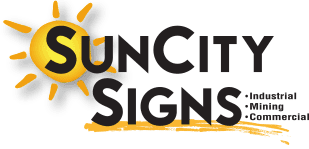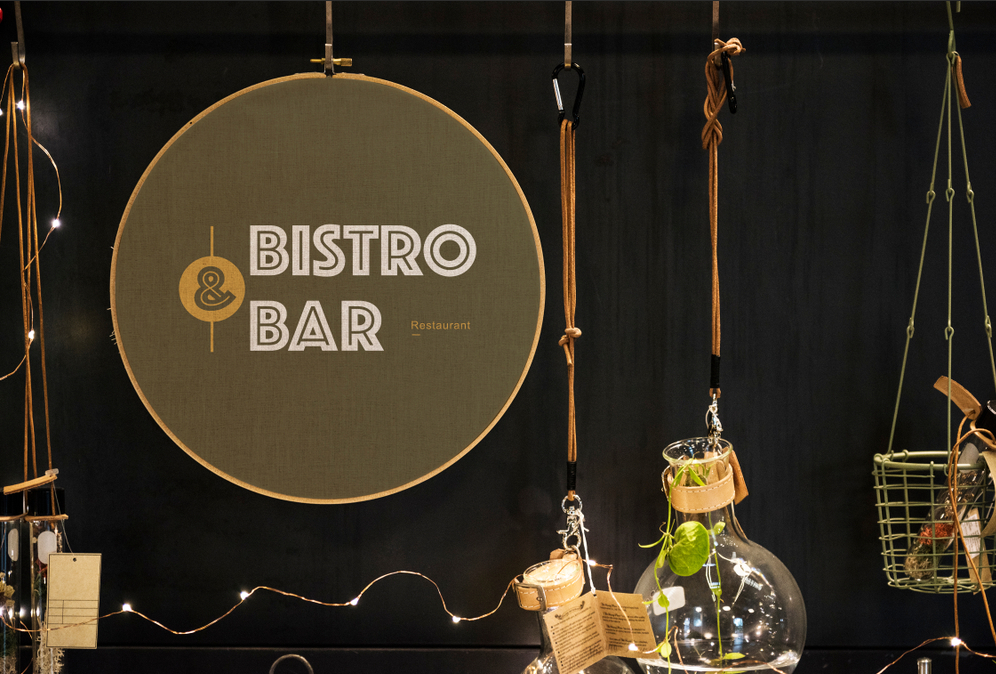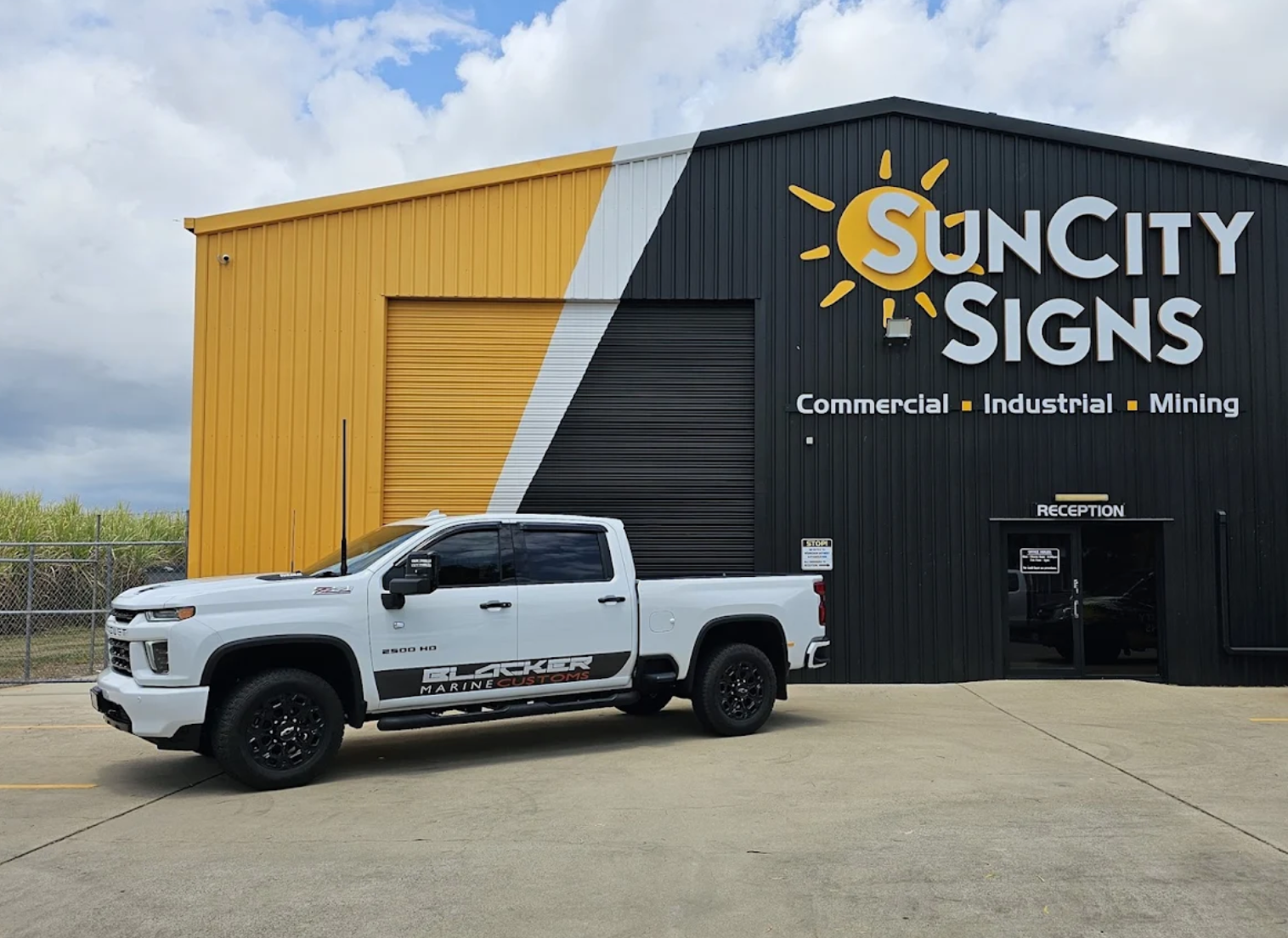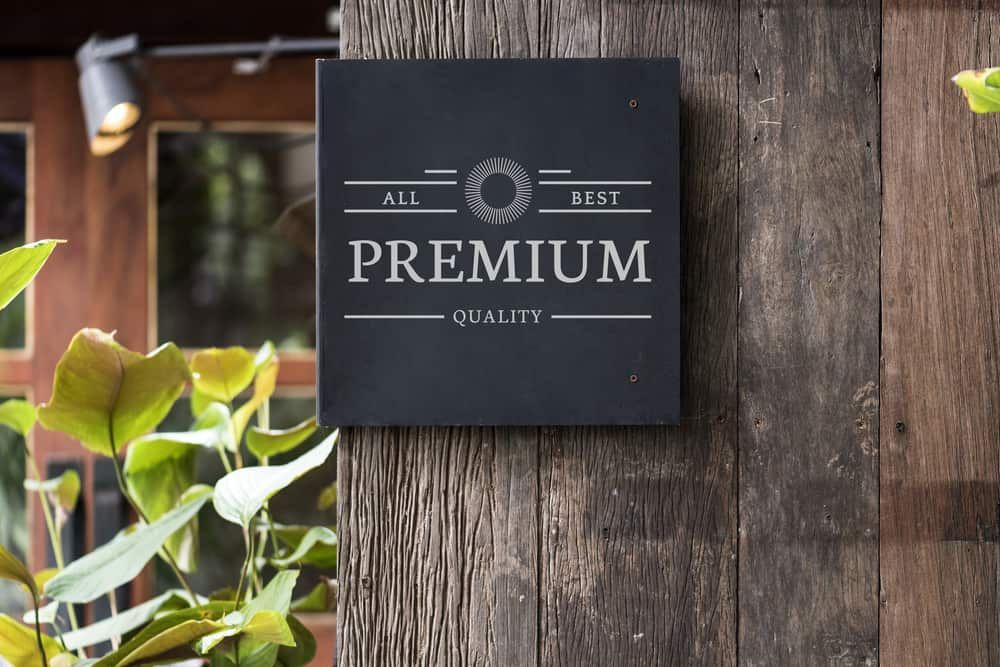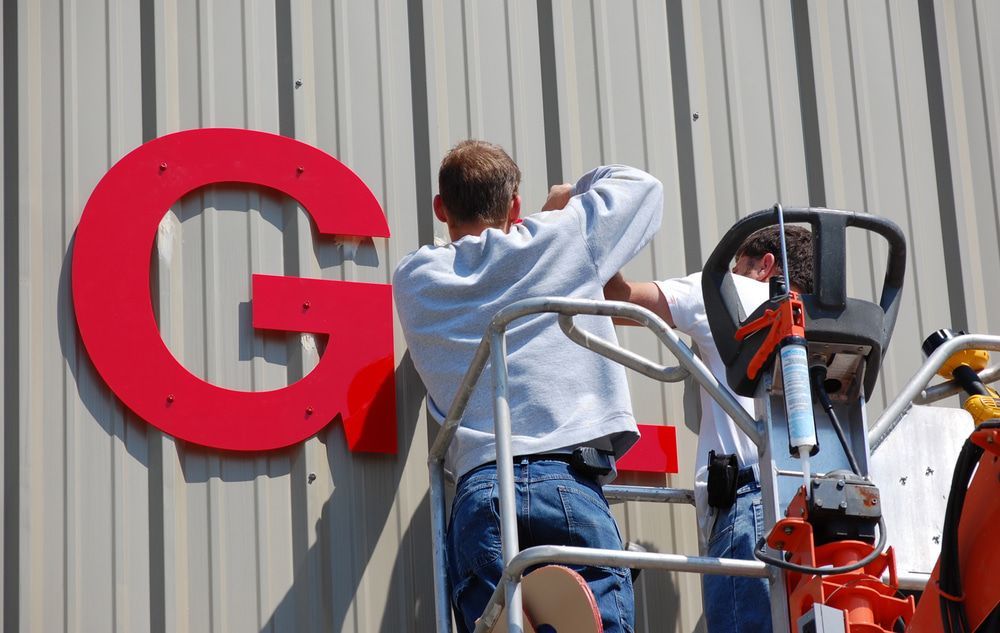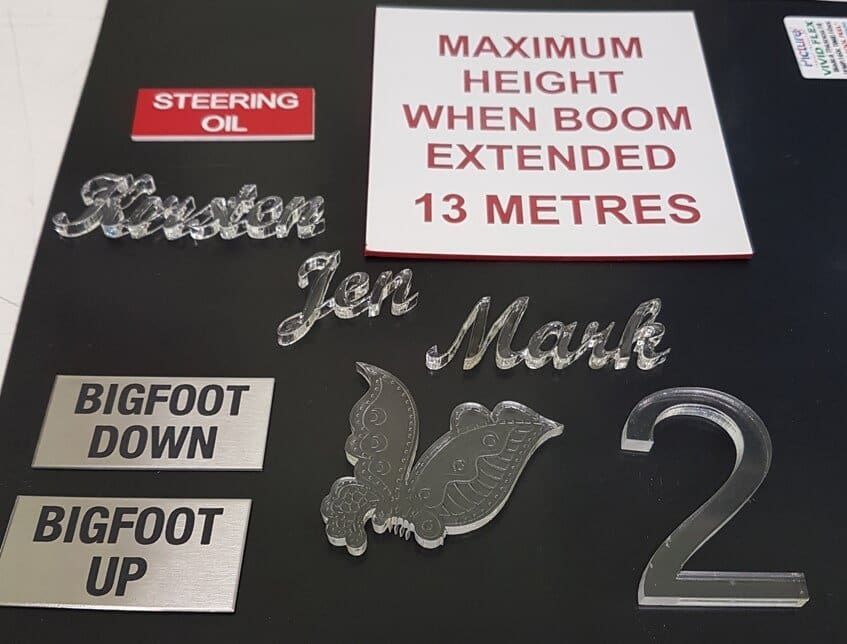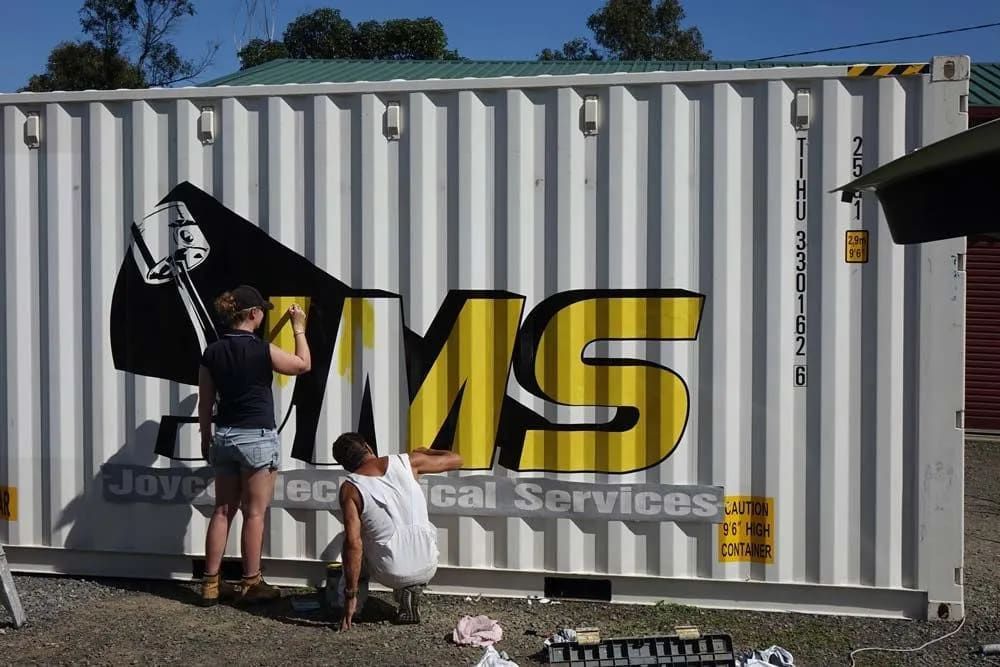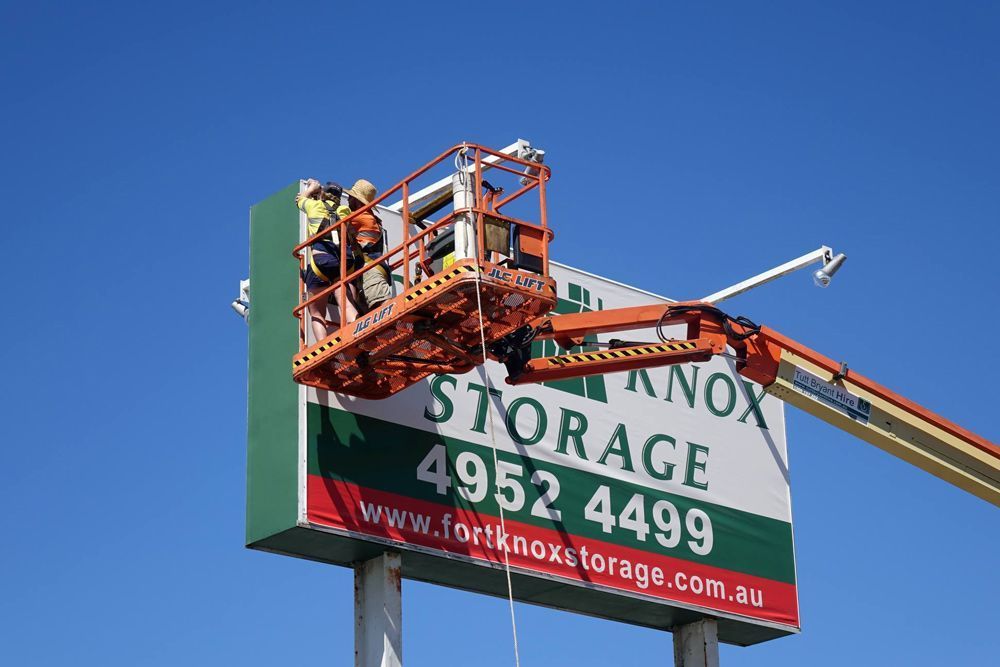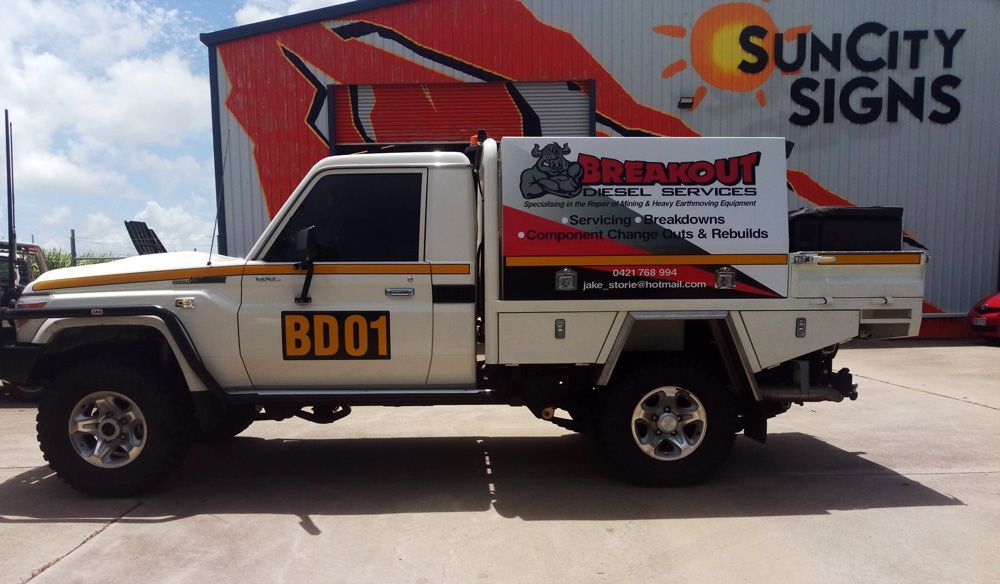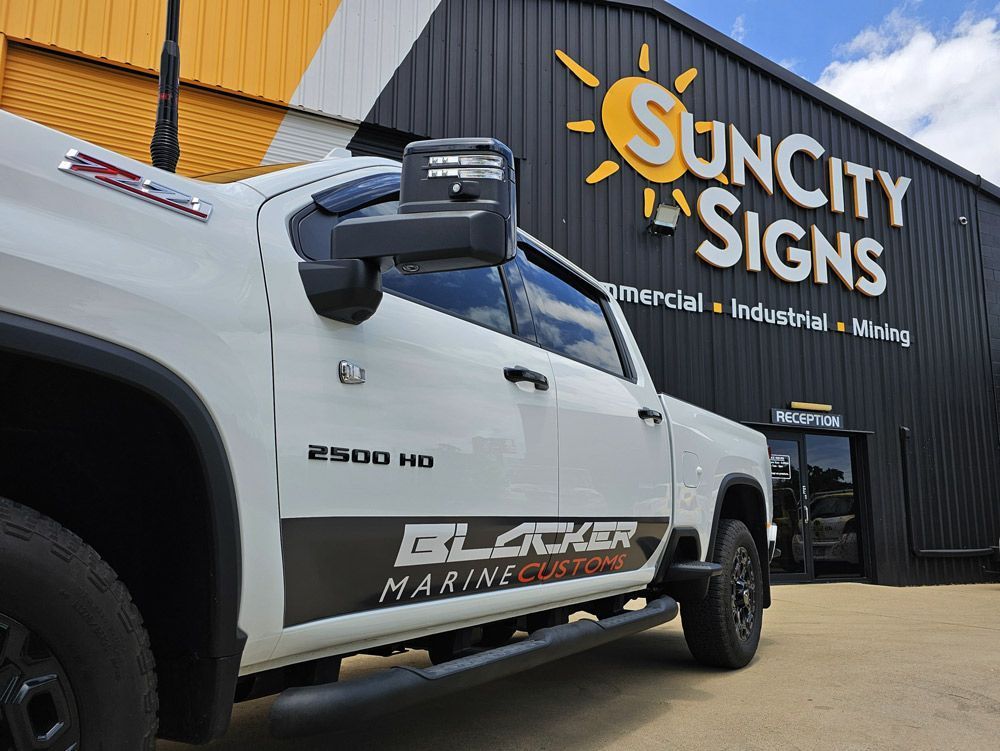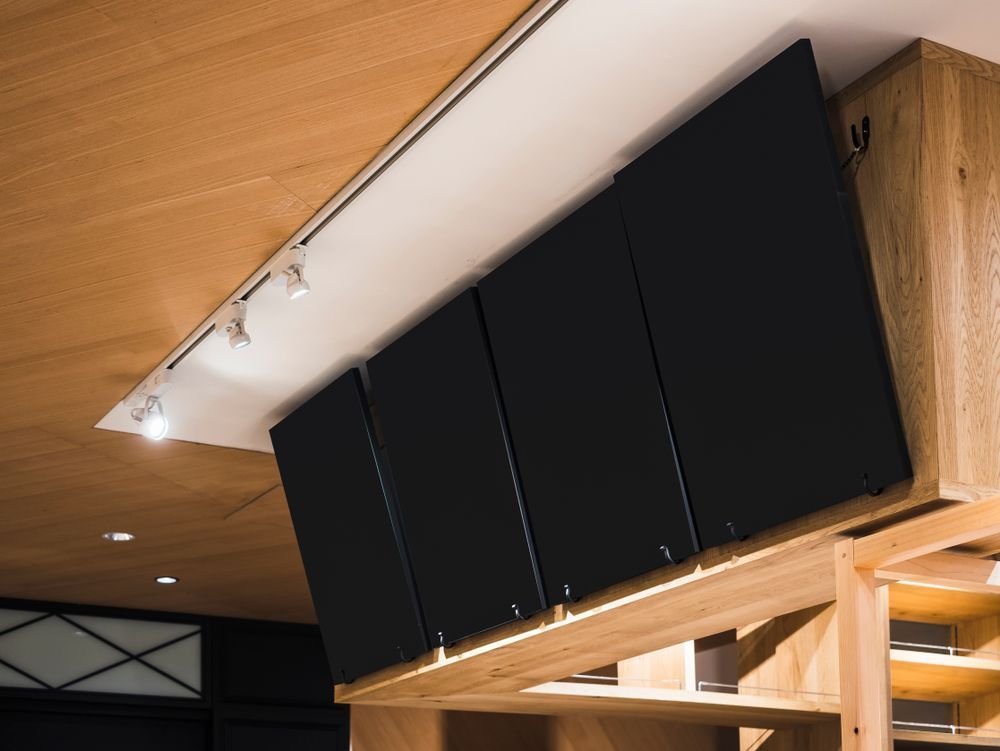How to Maximise Visibility with Strategic Sign Placement
Effective signage is a cornerstone of successful business marketing, serving as a visual communicator that attracts customers, conveys brand identity, and facilitates navigation. Understanding the various types of
signage in Mackay and their strategic placements can significantly enhance visibility and engagement. This comprehensive guide explores different signage types, factors influencing their placement, the impact of the surrounding environment, and best practices for attracting foot traffic.
Types of Signage in Mackay & Their Ideal Placements
Different signage types serve unique purposes, and their effectiveness largely depends on thoughtful placement.
Facade Signs
Facade signs are mounted directly on the exterior of a building, prominently displaying the business's name and logo. They serve as the first point of contact with potential customers, making a strong initial impression.
- Ideal Placement: Directly above or adjacent to the main entrance, ensuring visibility from the street and to passing pedestrians.
- Considerations: The design should reflect the brand's identity, using legible fonts and contrasting colours. Illumination can enhance visibility during evening hours.
Directory Signs
Directory signs provide navigational information within multi-tenant buildings or complexes, listing tenant names, suite numbers, and floor levels.
- Ideal Placement: At building entrances, lobbies, and elevator areas to guide visitors effectively.
- Considerations: The layout should be clear and easy to read, with updates manageable as tenants change.
Wayfinding Signs
Wayfinding signs assist visitors in navigating through a building or property, indicating facilities like exits, lifts, stairs, and other areas.
- Ideal Placement: Throughout a building or property, including both interior and exterior areas.
- Considerations: Use universally recognised symbols and concise text to convey information quickly.
Vinyl Lettering Signs
Vinyl lettering is an economical way to create outdoor signage, allowing businesses to utilise existing surfaces like doors or windows. They can be tailored to different shapes and sizes and are designed to withstand outdoor conditions.
- Ideal Placement: On windows, doors, or walls where the message needs to be displayed.
- Considerations: Ensure the surface is clean and smooth for proper adhesion.
Laser Engraved Signs
Laser engraving offers a sleek and professional look, suitable for plaques, informational signs, personal identification badges, and more.
- Ideal Placement: In areas where a professional and durable sign is required, such as offices or reception areas.
- Considerations: Choose materials that complement the interior decor and ensure the engraved information is clear.
Hand-Painted Signs
Hand-painted signs offer flexibility, especially for surfaces that don't allow for vinyl application. They can be customised to fit unique spaces and provide a traditional aesthetic.
- Ideal Placement: On surfaces where vinyl or other materials cannot be applied or where a traditional look is desired.
- Considerations: Ensure the paint used is suitable for the surface and environmental conditions.
Fabric Signage
Fabric signage includes promotional items like hats, totes, uniforms, or team t-shirts, created using heat-sealed fabric signs.
- Ideal Placement: On apparel or as banners in events, trade shows, or within the business premises.
- Considerations: Choose high-quality fabric materials that ensure longevity and maintain colour vibrancy over time.
Key Factors to Consider When Choosing Sign Placement
Visibility & Readability
A sign’s effectiveness is directly related to how well it can be seen and read. Factors to consider include:
- Viewing distance: Ensure the sign is visible from the street, parking lot, or entrance.
- Letter size & font: Larger, bold fonts are easier to read from a distance.
- Colour contrast: High-contrast combinations, such as dark text on a light background, improve legibility.
Traffic Flow & Customer Pathways
Understanding customer movement patterns helps determine optimal sign placement.
- Position signs along pathways where foot traffic is highest.
- Ensure directional signs are placed at key decision points, such as intersections and exits.
- Align signage with eye-level sightlines to capture attention naturally.
Lighting & Visibility at Night
If your business operates in the evening, illuminated signs ensure 24/7 visibility.
- LED lighting enhances readability and energy efficiency.
- Spotlights or backlit signage help improve visibility in low-light conditions.
- Avoid placing signs in areas where streetlights or other obstructions cause glare or shadows.
Local Regulations & Compliance
Certain areas have zoning laws and restrictions on sign placement.
- Check with local authorities in Mackay to ensure compliance with signage regulations.
- Obtain necessary permits for large or illuminated signs.
- Ensure safety standards are met, especially for freestanding or high-mounted signs.
How the Surrounding Environment Impacts Sign Visibility
The effectiveness of signage in Mackay depends on how well it interacts with the surrounding environment. Factors to evaluate include:
- Competing Signage: If multiple businesses have signage in the same area, choose a design and placement that differentiates yours.
- Obstructions: Trees, poles, and parked cars can block visibility, so ensure clear sightlines.
- Sunlight & Shadows: Glare from direct sunlight can make signs hard to read; consider anti-glare materials or alternative placements.
- Background Contrast: A sign blending into its surroundings will be less effective. Choose a colour scheme that stands out against nearby buildings or landscapes.
Best Practices for Placing Signs to Attract Foot Traffic
Position Signs at Eye Level
For maximum impact, signs should be placed where they naturally catch attention.
- Wall-mounted signs should be positioned at an average adult’s eye level (around 5 to 6 feet from the ground).
- Hanging signs should be placed high enough to be seen but not so high that they are easily overlooked.
Use Strategic Angles
- Signs facing pedestrian walkways should be angled slightly towards the approaching traffic for better visibility.
- Storefront signs should be perpendicular to the road for better exposure to passing vehicles.
- A-frame signs should be placed at an angle that captures both inbound and outbound foot traffic.
Create a Clear Call to Action
Effective signage in Mackay should encourage engagement by including:
- A concise, compelling message that conveys the main point quickly.
- Contact information, such as a phone number or website, for potential customers to follow up.
- Action words like “Visit Us Today,” “Limited Time Offer,” or “Book Now” to drive immediate response.
Keep the Design Simple & Impactful
Cluttered or overly complex designs can reduce readability and effectiveness.
- Use a balance of text and imagery to communicate the message clearly.
- Prioritise key information and avoid excessive details.
- Choose branding elements that reinforce your company’s identity without overpowering the message.
Get Noticed With Our Mackay Signs!
Investing in well-placed, high-quality signage in Mackay can make a lasting impression, helping businesses stand out in a competitive marketplace. At
Sun City Signs, we create signage tailored to your business needs, ensuring maximum visibility and long-term impact.
Get in touch today to discuss your signage requirements!
